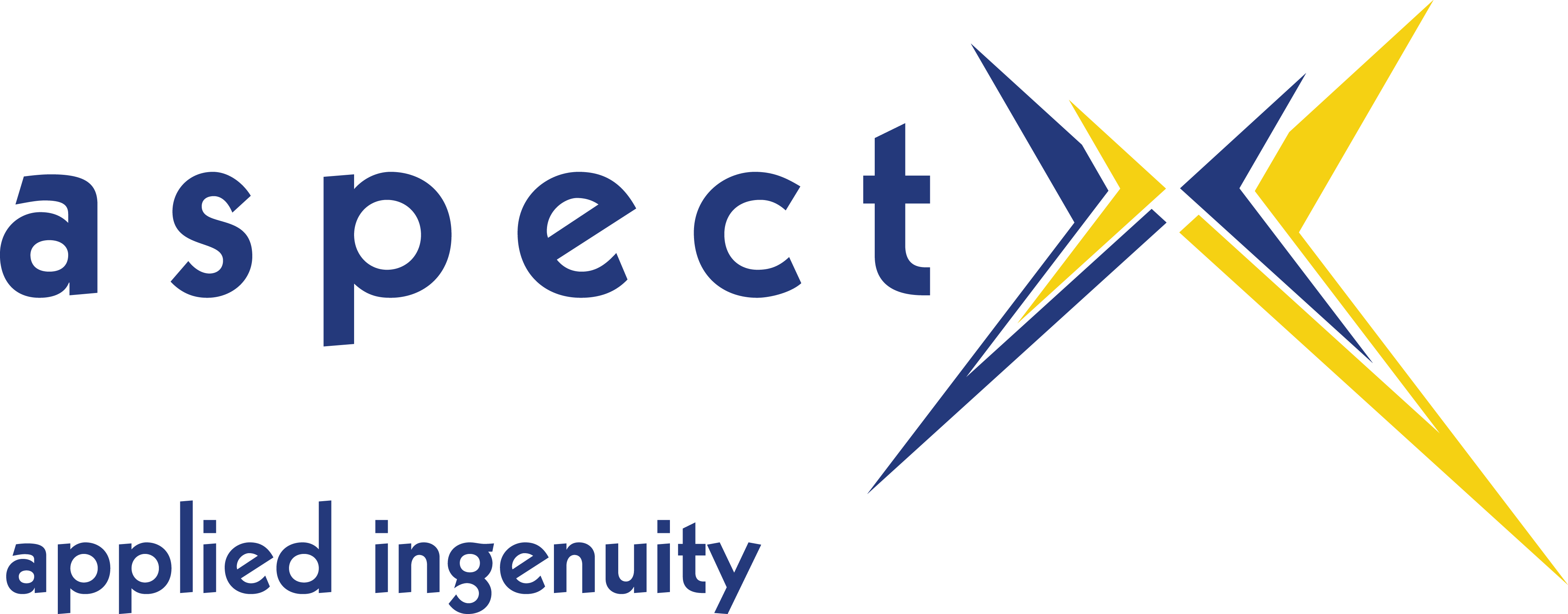Takeaway: Half of all online media marketing campaigns fail. Mostly this is because marketing and IT teams are often perplexed by relevance to their company’s big picture.
More than three-fourths of all companies operate under some form of a social media strategy, according to Hubspot, and Junta 42 surveys, so we would expect to see high success in implementation, but marketing and IT teams are often perplexed by relevance to their company’s big picture.
In a recent 2011 Duke University study and others, Chief Marketing Officers and Chief Information Officers, admitted they haven’t integrated social media in their strategy. On a scale of 1 to 7, with one being “not integrated at all” and seven being “very integrated,” almost a quarter of marketers (22.3%) selected “one” to describe how well their company’s social media is integrated with the company’s overall strategy, in the Duke study.
The benchmark of what can be done jumps every quarter in all the prominent social media networks, including Facebook, LinkedIn, Twitter, and now Google+. Companies in the business of software development and consulting have begun to fill the void on just how to view all the activity, and craft the next plan for success.
Magnify Digital is one such startup that has begun to capitalize on this play, particularly with seasoned communications professionals. “With a long-standing background in television production, and subscription-based content, my company began to see that there needed to be a documented process to do social sharing-this included working solutions for already very successful, smart marketing people,” said Moyra Rodger, CEO of Magnify Digital.
“Mass marketing is no longer a long-term strategy. Mass-marketing campaigns have a 2 percent response rate and are on the decline, whereas by 2015, digital strategies, such as social and mobile marketing, will influence at least 80 percent of consumers’ discretionary spending,” said Adam Sarner, research director at Gartner in a March 2011 report.
Salesforce.com has also gone shopping to add social media strategies to its product delivery, with the social contacts and customer groupings powered by Chatter, to collaborative forecasting with filtered metrics, and monitoring of social media with its 2011 acquisition, Radian6. The company was acquired for $326 million and added a mobile application in early Fall.
Amongst many features, the application allows for building “listening stacks” from different audiences and even the capability to call for immediate action on particular threads from employees.
Salesforce’s Blogger Wendy Close indicated in a recent success strategy document for clients, “many CIOs of SMBs are trapped, spending their entire IT budget just on keeping the lights on. To avoid that fate, consider spending 20 to 35 percent of your IT budget on innovation.” Around 6.7 billion devices will be connected to the Internet by 2014, making the social CRM space even more lucrative by 2012 at $1 Billion, according to Gartner research.
Social media planning and strategy inside applications are the frontend, intuition and target audience mining, like Chatter features in Salesforce, that many companies lack. This has not gone unnoticed by innovators outside of giants, like Salesforce.
Five months ago, Magnify Digital launched ALERT, which allows for using a walkthrough template to dig into the eyes of your customers for an integrated outcome tied to social media. The resulting setup strategy is “implemented through documented information, monitored based on data input, and is measurable with reporting,” Rodger said, useful to PR professionals, IT types, and internal marketing teams. eMarketing strategies, online solutions, online accountability and profitability are all part of the suite offered by Magnify Digital.
Magnify Digital worked with the 2010 Olympic and Paralympic Games, Cultural Olympiad Digital Edition (CODE) in Canada to determine how audiences were going to engage and they were able to exceed targets by 400% in 10 weeks. Giveaways, and additional content to key groups were critical to the resulting strategy, said Rodgers.
The assessment piece tied to client training in the tool is the foundation, according to Rodgers. “We believe that this is a tool for both agencies and companies of all sizes, particularly the small to medium-sized businesses, she added. TKI Communications, a marketing agency, in Whistler, near Vancouver, has been able to use the tool to triple their team size for outside consulting, driving opportunities with a calling card for differentiation. “Travel and tourism markets were our first targets, but we have seen the benefits applying to healthcare institutions in the midst of healthcare reform, green energy companies, and real estate firms, for example,” Rodgers said.
North American markets are first for Magnify expansion, however European, and Australian markets are prime as well. Pricing for licensing allows for spending just under $20,000, including its introductory training and consulting, to get started for the year for most small agencies and small businesses, making it attractive.
